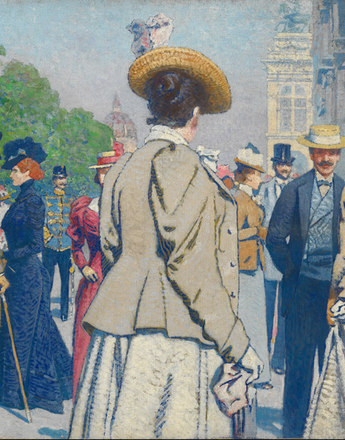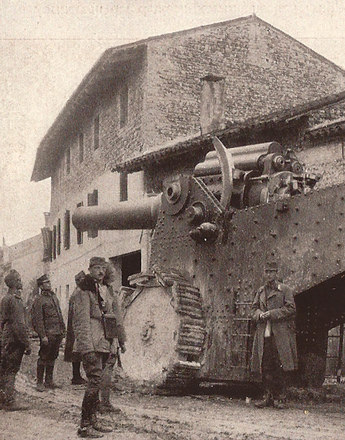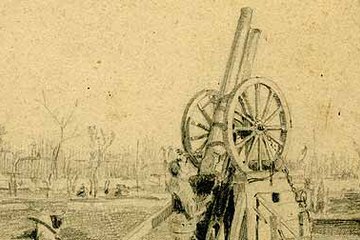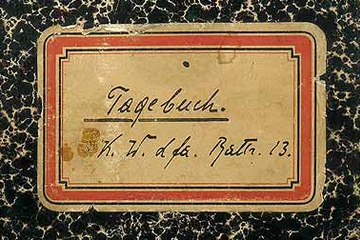Powered Flight as a New Technology
The first successful powered flight had taken place just eleven years before the First World War. The entire industry was still in a tumultuous phase of development during which numerous companies were competing with one another to come up with innovations.
When the First World War began in the summer of 1914 powered flight had been around for not much more than a decade. The industry was still at the stage of a very new technology – similar to that of the car industry at that time or of the production of small computers in the 1970s. As yet there were no established forms of construction, standards and business practices: everything was in a state of flux. This stage of technological develpoment provided great opportunities for new businesses, but there were also considerable risks. Very few of the pioneering companies could survive to reach the stage of mass production; most of them left the scene without ever having made a profit.
Balloon flight had been practised since the late eighteenth century and the Montgolfier brothers; experiments with gliders followed from the late nineteenth centruy (Otto Lilienthal, Octave Chanute, Augustus M. Herring). By the beginning of the twentieth century the knowledge that had been acquired about the dynamics of lift and the construction of light, powerful combustion engines provided the basis for powered flight.
After 1900 the Wright brothers in the United States were working on a powered aeroplane, in which they managed to make the first flights over distances of a few hundred metres in 1903. After this a period of rapid development began. Pioneers in Europe and North America experimented with the most diverse forms of construction. The main materials used were wood, fabric and plywood, and in some cases steel and aluminium for building the frames. These early aeroplanes were quite rightly still called ‘flying crates’. The design of the wings was partly based on models taken from nature such as flying birds and seeds spread by the wind, but engineering knowledge regarding the principles of lift and appropriate aerodynamic forms developed rapidly.
The engines also underwent rapid development. While the Wright brothers still had to manage with an engine with a rating of just 16 hp/12 kw, some of the aeroplanes flying ten years later had engines with more than 100 hp/74 kw. But other equipment such as suitable propellers, onboard instruments, special clothing, clocks and watches, parachutes and so on was also needed, so that a large number of suppliers were involved in the development of the aviation industry. The many innovations in the overall design of aeroplanes led to a rapid increase in all aspects of their performance, including range, maximum speed, rate of climb, time airborne, payload and so on. On the eve of the war aircraft could already stay in the air for several hours and fly a distance of several hundred kilometres.
In the early years of aviation most aeroplanes were produced by hand and in small numbers. This meant that starting up in the business of manufacturing aircraft did not yet require a large investment of capital, so that a great many companies entered the market although, as already mentioned, most of them did not last. At an international level it was France that developed the most productive aviation industry before the First World War, but Austria-Hungary, Italy, the United States, Germany, Great Britain and Belgium also had their successes in the competitive race to produce innovations. This is shown in the number of world records which aeroplanes from these countries achieved.
Translation: Leigh Bailey
Keimel, Reinhard: Luftfahrzeugbau in Österreich, Wien 2003
Niccoli, Riccardo: Luftfahrt. Menschen, Mythen und Maschinen. Die Geschichte des Fliegens, München 2013
-
Chapters
- Powered Flight as a New Technology
- The Invention of Aerial Warfare and How War Propaganda Hyped up the Flying Aces as a Form of Motivation
- The Origins of the Imperial and Royal Austro-Hungarian Aviation Corps
- The Beginnings of Aircraft Manufacture in Austria
- The Situation of the Austro-Hungarian Aviation Corps in the Years 1914-15
- The Procurement Campaign of 1915-16 and the ‘Knoller Programme’
- The Most Important Aircraft Types of the Austro-Hungarian Aviation Corps and Their Wartime Service





